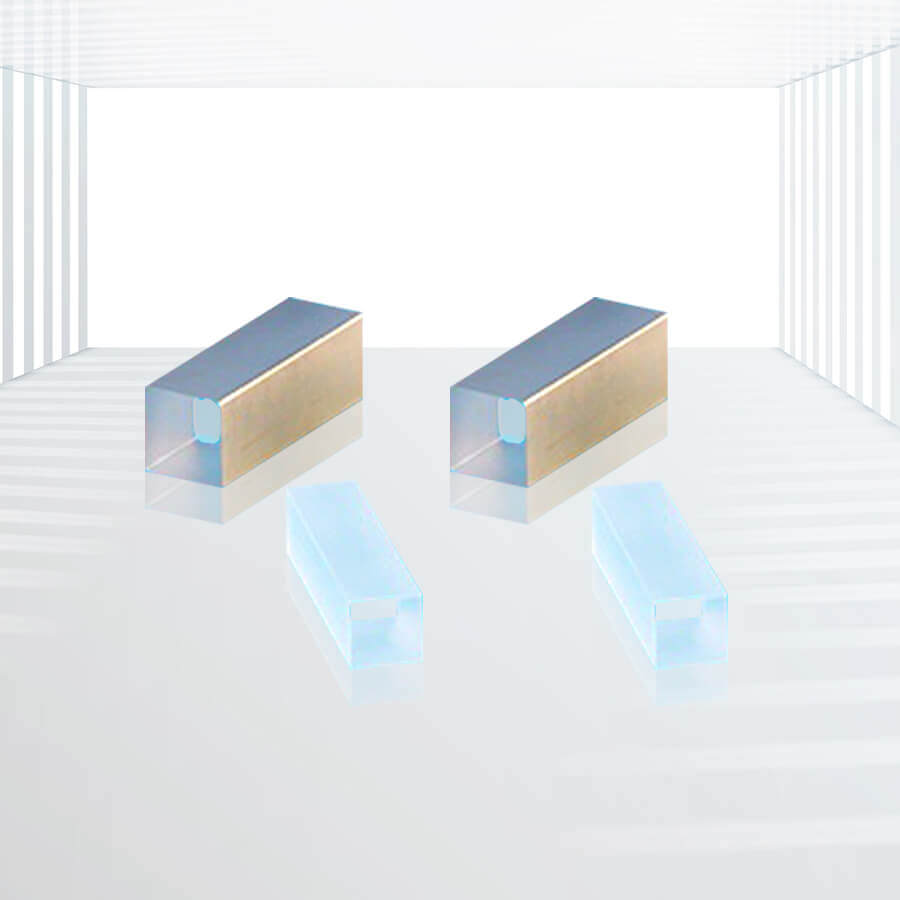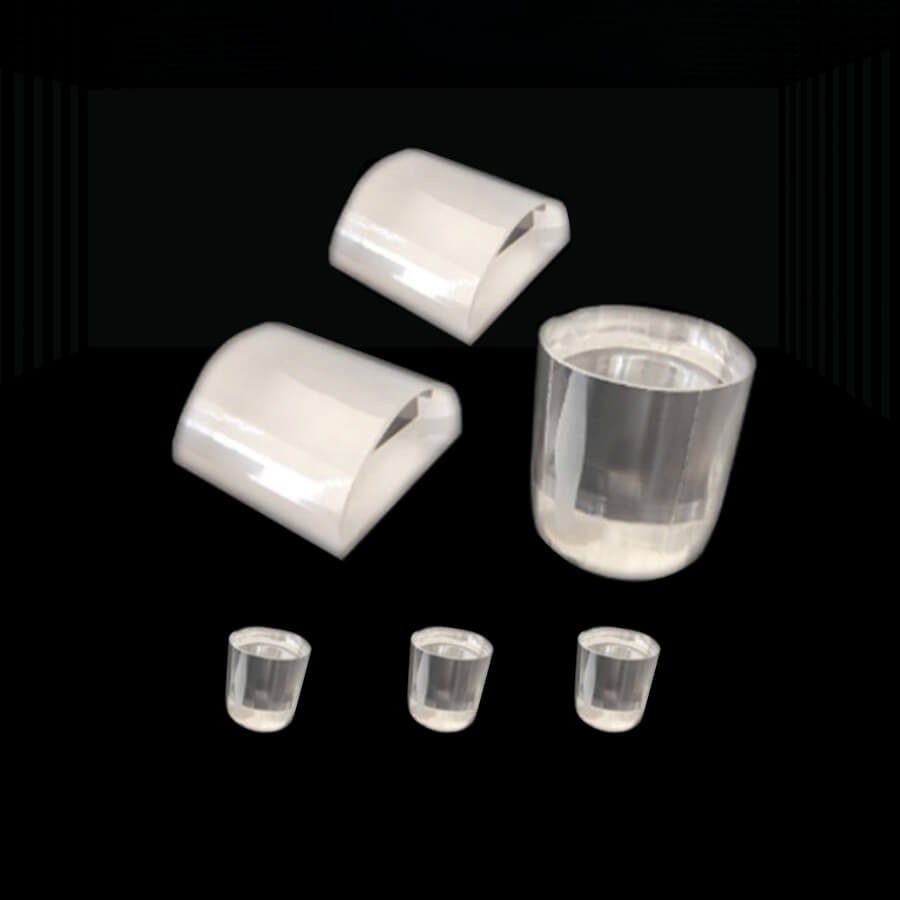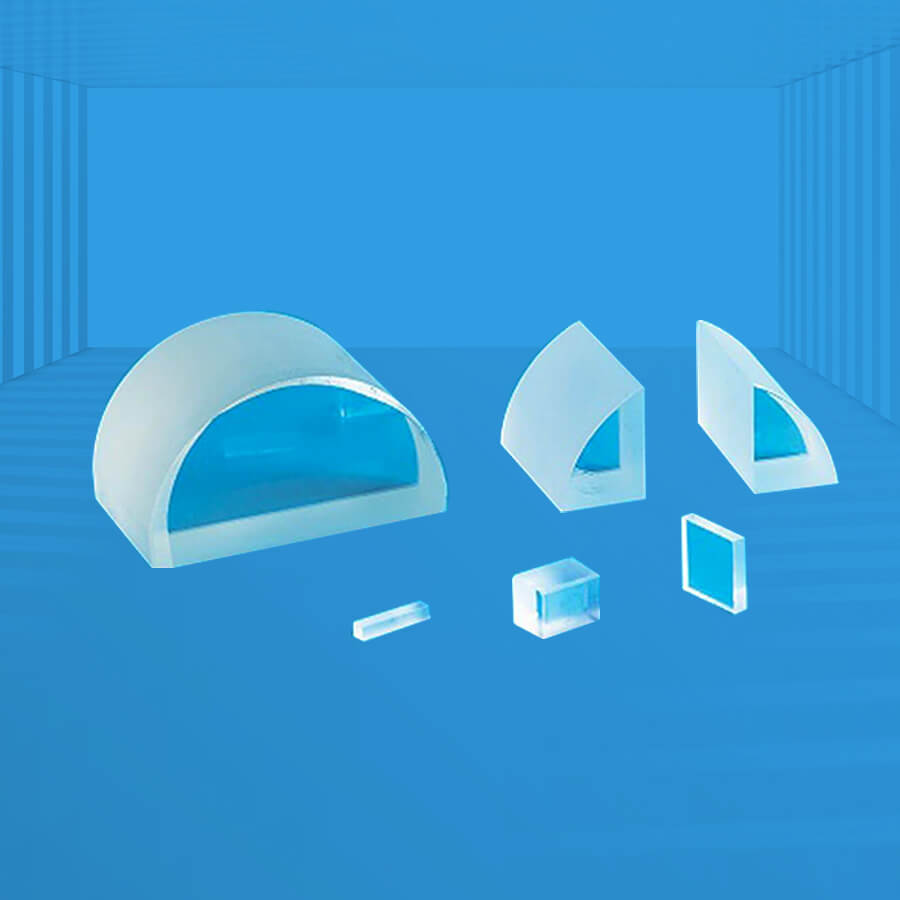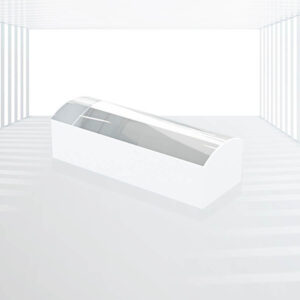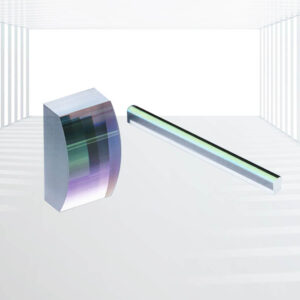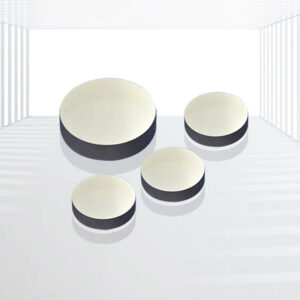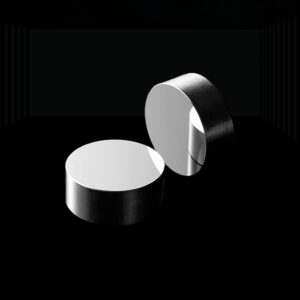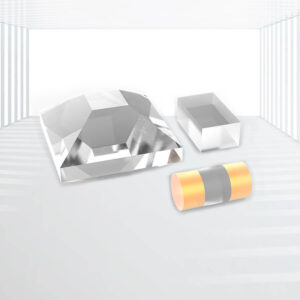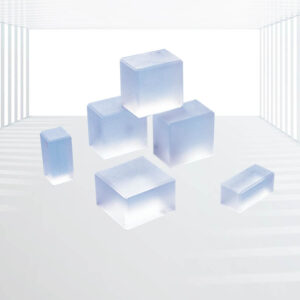LiIO3 Crystals
High Nonlinear Optical Coefficient: LiIO3 crystals exhibit a high nonlinear optical coefficient, approximately 14 times that of quartz and an order of magnitude higher than KDP crystals. This makes them exceptional for nonlinear optical applications such as frequency doubling and parametric oscillation.
Broad Transparency Range: The crystal’s transparency range is wide, spanning from 280nm to 4000nm, covering most of the ultraviolet to mid-infrared spectral regions. This provides possibilities for its use in various optical systems.
Wide Phase-Matching Range: LiIO3 crystals offer a broad phase-matching range, enabling effective nonlinear optical conversion at multiple wavelengths.
Good Thermal Stability: Compared to some other nonlinear optical materials, LiIO3 crystals exhibit better thermal stability. This means their performance remains stable in environments with significant temperature variations.
Resistance to Optical Damage: Compared to certain other nonlinear optical crystals, LiIO3 crystals are less prone to optical damage. Optical damage can affect material performance and lifespan, and this characteristic of LiIO3 crystals results in a longer lifespan and more consistent performance.
Cost-Effective:Compared to other materials that may offer similar electro-optic properties, LiIO3 crystals are relatively inexpensive. This makes them more attractive for cost-sensitive applications.
Applications: Nonlinear Optical Applications, Electro-Optic Modulators, Laser Technology, Ultrasonic Transducers, Other Applications, etc.
Lithium Iodate (LiIO3) Crystal is a uniaxial nonlinear crystal distinguished by its high nonlinear coefficients and an extensive optical transparency range spanning from 0.5μm to 5.0μm. This unique crystal finds widespread application in the second harmonic generation (SHG) of low and medium-power lasers, including Ti:Sapphire, Alexandrite, Cr:LiSrAlF6, and Cr:LiCaAlF6. It is also preferred for SHG and third harmonic generation (THG) in Nd:YAG lasers and auto-correlators, which measure ultra-short pulse widths.
Specifications:
| Material | LiIO3 Crystals, Optical-grade |
| Dimension Tolerance | +/-0.1mm |
| Surface Quality | 10/5 S/D |
| Parallelism | < 10 arc seconds |
| Flatness | < Lambda/8@633nm |
| Perpendicularity | < 5 arc minutes |
| Transmitting Wavefront Distortion | < Lambda/8@633nm |
| Aperture | >90% |
| Chamfer | 0.2mmx45degree |
| Chips | <0.1mm |
| Coating | AR, BBAR or P-coating |
Features:
- High Nonlinear Optical Coefficient: LiIO3 crystals exhibit a high nonlinear optical coefficient, approximately 14 times that of quartz and an order of magnitude higher than KDP crystals. This makes them exceptional for nonlinear optical applications such as frequency doubling and parametric oscillation.
- Broad Transparency Range: The crystal’s transparency range is wide, spanning from 280nm to 4000nm, covering most of the ultraviolet to mid-infrared spectral regions. This provides possibilities for its use in various optical systems.
- Wide Phase-Matching Range: LiIO3 crystals offer a broad phase-matching range, enabling effective nonlinear optical conversion at multiple wavelengths.
- Good Thermal Stability: Compared to some other nonlinear optical materials, LiIO3 crystals exhibit better thermal stability. This means their performance remains stable in environments with significant temperature variations.
- Resistance to Optical Damage: Compared to certain other nonlinear optical crystals, LiIO3 crystals are less prone to optical damage. Optical damage can affect material performance and lifespan, and this characteristic of LiIO3 crystals results in a longer lifespan and more consistent performance.
- Cost-Effective:Compared to other materials that may offer similar electro-optic properties, LiIO3 crystals are relatively inexpensive. This makes them more attractive for cost-sensitive applications.
Applications:
- Nonlinear Optical Applications: LiIO3 crystals are widely used in nonlinear optical applications such as frequency doublers and parametric oscillators. They can convert infrared laser light into visible light or laser light of other wavelengths, which has important applications in scientific research, medicine, and industry.
- Electro-Optic Modulators: In electro-optic modulators, LiIO3 crystals stand out due to their high-speed modulation performance, stability, and cost-effectiveness. They can rapidly convert electrical signals into optical signals, enabling high-speed data transmission and playing a crucial role in telecommunications and medical imaging.
- Laser Technology: LiIO3 crystals can be used for frequency doubling and tripling in low to medium power lasers, such as Ti:Sapphire lasers, Alexandrite lasers, and Nd:YAG lasers. They can increase the output power and conversion efficiency of lasers, meeting various application needs.
- Ultrasonic Transducers: Due to their good piezoelectric effect and relatively low dielectric constant, LiIO3 crystals are also suitable for making high-frequency broadband ultrasonic delay line transducers.
- Other Applications: Additionally, LiIO3 crystals can be used in measuring the parameters of ultra-short laser pulses and the visualization of infrared radiation. Through nonlinear optical methods, they can help researchers obtain more accurate measurement results and clearer images.
Kingwin Optics offers optical-grade-polished LiIO3 crystals with a surface quality of 10/5 Scratch/Dig. To meet specific requirements, a range of coating options can be customized, including anti-reflection (AR), broadband anti-reflection (BBAR), and P-coating.

